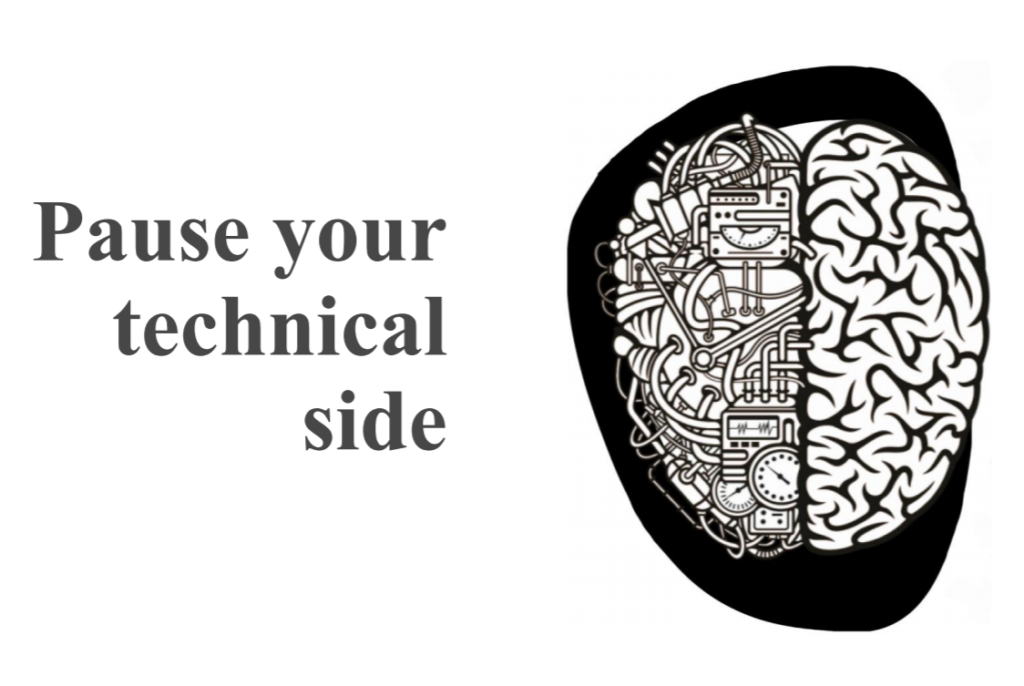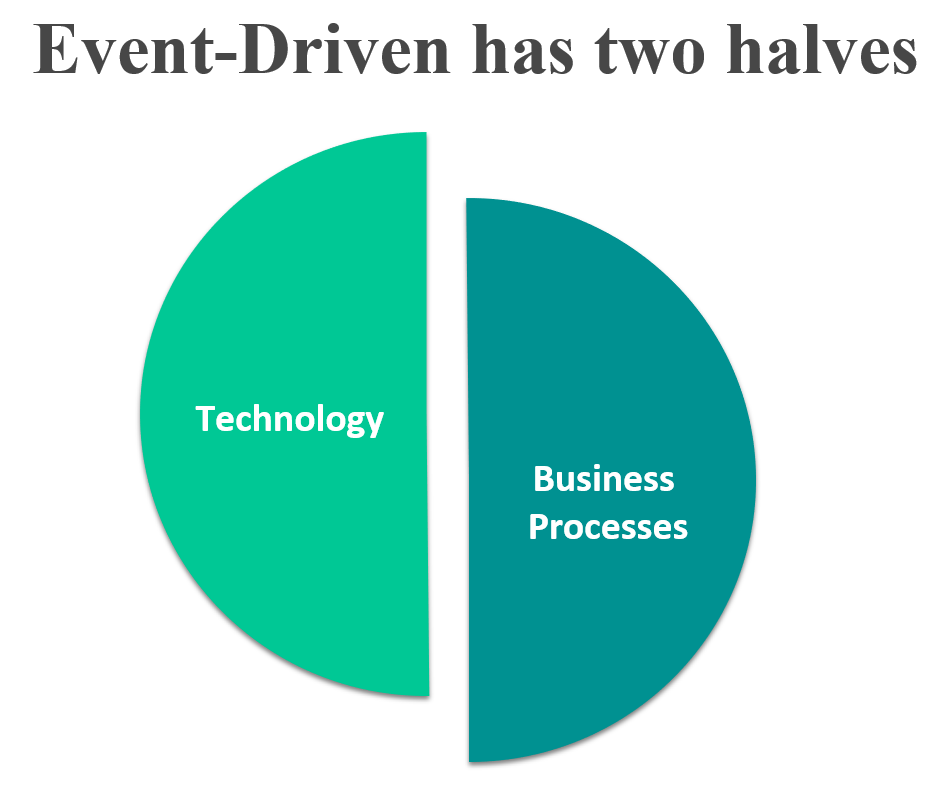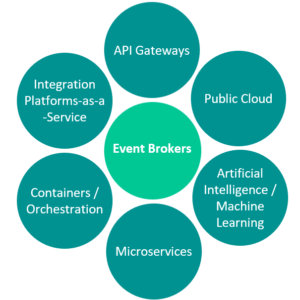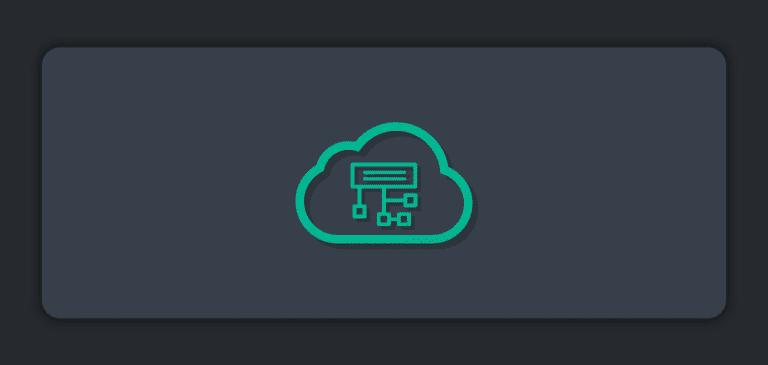What is event driven? Why is an event-driven mindset important in business? How does event-driven architecture help an enterprise become more responsive?
Our chief technology solutions officer Sumeet Puri has laid out the six steps you need to take to transform your enterprise into a real-time business. I find it interesting that the journey to developing that methodology started way before we defined it as “event-driven” in the way we do now. Our customers initially described their efforts as wanting to “be more real-time”, or, more technically, to “reduce latency”.
As one of the evangelists at Solace delivering this methodology for the many of our clients, one of my first instructions to the technologists in the crowd is:
As a technologist myself, I have to admit this a difficult thing to do, but it’s critical when starting the journey to become event-driven. If anyone thinks being an event-driven enterprise is exclusively about technology you are using or the way you write code, it’s time to pause and hit the big red reset button.
So now that you have paused that side of your brain (don’t worry I’ll let you know when you can turn it back on) let’s kick things off.
What is event driven?
While the term “event-driven” has been around for decades in technology circles, it has evolved to mean much more than it used to. To transform into an event-driven enterprise, you need to consider that technology is only one piece of the puzzle.
In my opinion, one of the biggest advantages the term “event-driven” has is that it is not an overtly technical term. Let’s review the dictionary definition of what an event is: something that happens or is regarded as happening: an occurrence, especially one of some importance.
It’s quite simple really. Each business will have a set of real-world events that has value and importance in the context of how they deliver for their customers. Being event-driven is therefore an opportunity to organize the business processes and the technology around these common activities or events; unifying the vocabulary across business and technology. Additionally, being event-driven is also acting on those same events when they happen, not after the fact. The value of knowing about events and being able to act on them deteriorates over time, and depending on the process you’re talking about that deterioration might occur over hours, minutes, seconds or – as is the case in the stock market, for example – microseconds.
What is Event-Driven Thinking? Unlocking New Business Value
Let’s make it all a bit more real by looking at the events in an industry we are all familiar with: aviation. The events that have inherent value in the airline business include examples such as:
- “Passenger Jane has arrived for check-in at the desk”
- “Passenger Jane has arrived at her destination”
Once these events have been identified, what next? As part of being event-driven, each event is an opportunity to unlock new business value in real-time.
Event-Driven = Being Actionable
Take the event of a passenger starting the check-in process at the desk. What if this could trigger an upsell opportunity by offering an upgrade to the next cabin class, creating an incentivized price that automatically factors in details such as current seat availability in the cabin, remaining time to departure, historical data on the likelihood of ‘full fare’ late arrivals, passenger’s loyalty status, and so on? Only by having timely access to all the variables can a pricing decision be made to capture an upsell opportunity at the right price, versus letting that seat remain empty once the flight takes off.
Of course, an offer to upgrade could still be made without real-time notifications in place, but it would run the risk of either not being priced favorably enough, offered too late, or not offered at all. All of these outcomes stem from not getting the timing of the offer right to capture an impulse purchase.
Being event-driven here means being actionable.
Event-Driven = Being Relevant
Continuing further, what if the event of Passenger Jane’s arrival at the check-in desk or security area can trigger a notification to inform the passenger of the current gate number and the estimated time to reach it? This is an opportunity to take some of the stress out of flying: navigating the airport, constantly checking departure boards, knowing where you need to go, how long you have left, if you have time to buy a coffee or that big mac you’re craving, etc. A notification can arrive at just the right time to put a passenger’s mind at ease, allowing them the peace of mind to do some shopping or eat some lunch. Happy, satisfied customers are more likely to choose your airline the next time they fly.
It is very important for that notification to arrive at the right time, since it adds no value (and perhaps even frustration) if the passenger has already undergone the stress of checking the departure board and is on their way to the gate, having already decided to forgo shopping or eating to allow enough time before departure.
Being event-driven in this context means being relevant and meaningful.
Event-Driven = Being Real-Time
At the end of the flight, perhaps the passenger has just reached a new tier in the airline’s loyalty program. This information can of course be communicated to the customer at some point in the future. Perhaps an email arrives in their inbox a week later. How much more gratifying would it be to receive a notification from the airline that you have made it to the next level of the program as you step off the flight or leave the airport? The feeling of joy it sparks is then immediately put into the context of that flight or use of the airline, serving to create a positive association.
Being event-driven in this last example is the opportunity for being “in the moment”.
What is event-driven in the context of digital transformation?
Having earlier instructed technologists to pause their technical side, it is crucial for business leaders to do the opposite and have an awareness of the current developments in the technology space that eventually implements an event-driven business. Digital transformation is the megatrend sweeping across industries and describes the rapid adoption of technology to deliver new competitive advantage and value for customers. It goes hand in hand with organizational and cultural transformation to unlock new innovation. What is event-driven in the context of digital transformation?
In our experience with customers on the journey to becoming event-driven, the following adjacent technology trends are important to be aware of:
Public Cloud
It cannot be overstated what public cloud brings in terms of agility to deliver and reducing time to market for new services. It is the ability to access on-demand compute infrastructure without having to build your own data centers first. It offers the ability to globally scale your operation to deliver to your customers, wherever they may be. In fact, it has provided a leap-frog advantage to businesses that are adopting ‘digital’ without the burden of legacy IT and a presence in existing data centers.
Artificial Intelligence/Machine Learning
AI or machine learning is partly enabled by the easy access to compute and pre-built offerings from the public cloud providers. It is the ability to have computers perform tasks that would have been impossible to effectively program by human developers in the past. It is enabling capabilities such as detecting the content of images, predicting patterns in consumer behavior, making purchasing recommendations, etc.
Microservices
Microservices are disrupting the way applications are built. Instead of a set of large, monolithic applications that are hard to change or enhance, you have a series of microservices working together in concert to offer the functionality required for the end customer. Individual services can grow to meet demand, be enhanced for new functionality, have better resiliency to faults, etc.
Containers/Container Orchestration
Container orchestration goes hand in hand with a microservices approach to building applications. Once you have functionality made up of smaller parts working together, you can extend that model to how it looks from an operational perspective with containers hosting microservices and multiple containers being orchestrated to represent the full runtime environment.
Integration Platform-as-a-Service (iPaaS)
As the overall technology landscape gets more complicated to have a combination of in-house components and services provided by other vendors, iPaaS technology helps to integrate these systems together in a simple offering that hides a lot of the complexity.
API Gateways
As businesses become more ‘digital’, how they connect their capabilities and offerings to other businesses or even groups within the enterprise becomes ‘API-led’ (i.e. enabling systems to talk to each other directly without needing manual steps to be performed). An example would be how a retailer may connect directly to their logistics providers to schedule pickups for deliveries. In such an API-led world, API gateway technology serves to provide a point of control in terms of enforcing correct access to the APIs, security policies, and so on.
Event Brokers
Event broker technology handles the events and takes care of the delivery to wherever they need to go. Whether it is delivering to new microservices running in containers across public cloud environments, to machine learning services, to iPaaS layers, or even API gateways.
Are you ready for the journey?
It is an exciting time as business of all shapes and sizes are embarking on adopting digital technology and transforming the way they serve customers, outflank competitors, and seize market opportunities. The pace of change is so rapid that it can be hard to know where the different technology pieces fit in, which ones are necessary for your business, and how to identify the new business opportunities available in the new digital, event-driven world. We are here to help.
If you’re looking to implement event-driven architecture to accomplish your transformation, you can rest assured knowing that the methodology we have developed is a culmination of many years of experience in helping our customers successfully become event-driven.
Feel free to turn the technology side of your brain back, reach out if you have any questions, and read up on the Six + 1 Steps to Implement Event-Driven Architecture or check out our Complete Guide to Event-Driven Architecture for more information on the benefits, use cases, and examples of companies that have implemented it successfully.
Explore other posts from categories: Company | For Architects

 Jamil Ahmed
Jamil Ahmed









